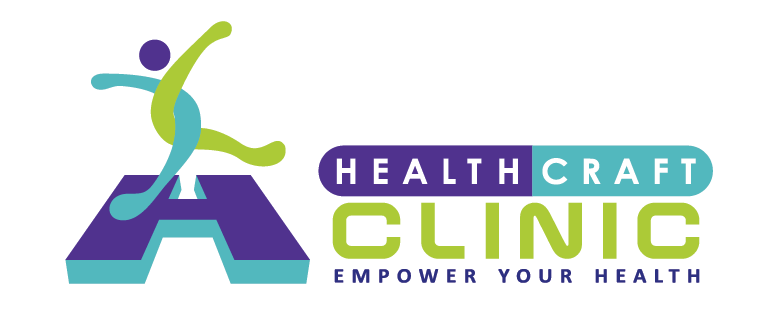Acupuncture & Traditional Chinese Medicine
Experience the healing wisdom of Traditional Chinese Medicine with personalized acupuncture treatments for pain relief, stress management, and holistic wellness.
Ancient Wisdom, Modern Healing
Traditional Chinese Medicine (TCM) is a comprehensive medical system that has been practiced for over 2,000 years. At Health Craft Clinic, we combine this ancient wisdom with modern understanding to provide effective, personalized treatments.
Our registered acupuncturists use fine, sterile needles to stimulate specific points on the body, promoting natural healing and restoring balance to your body's energy systems.
Our Acupuncture Services
We offer a comprehensive range of Traditional Chinese Medicine treatments tailored to your specific health needs and wellness goals.
Traditional Acupuncture
Classical acupuncture treatment using fine needles to stimulate specific points, promoting healing and restoring balance.
Fire Cupping
Traditional cupping therapy to improve circulation, reduce muscle tension, and promote healing through suction.
Herbal Medicine
Customized herbal formulations based on traditional Chinese medicine principles to support your healing process.
Conditions We Treat
Acupuncture and TCM can effectively treat a wide range of health conditions, offering natural healing solutions.
Pain Management
- Chronic pain
- Arthritis
- Headaches & migraines
- Back & neck pain
Stress & Mental Health
- Anxiety & depression
- Stress management
- Insomnia
- Emotional balance
Digestive Health
- IBS & digestive issues
- Nausea
- Acid reflux
- Food sensitivities
Women's Health
- Menstrual irregularities
- Fertility support
- Menopause symptoms
- Pregnancy support
Your First Acupuncture Visit
We understand that many people are new to acupuncture. Here's what you can expect during your visit.
Consultation
Comprehensive discussion of your health history, current symptoms, and wellness goals. We'll examine your tongue and take your pulse according to TCM principles.
Treatment
Gentle insertion of fine, sterile needles at specific acupuncture points. Most people find the treatment relaxing and may even fall asleep.
Follow-up
Discussion of your treatment plan, lifestyle recommendations, and scheduling of follow-up appointments for optimal results.
Experience Natural Healing
Discover the healing power of Traditional Chinese Medicine. Our experienced practitioners are here to support your journey to wellness.
